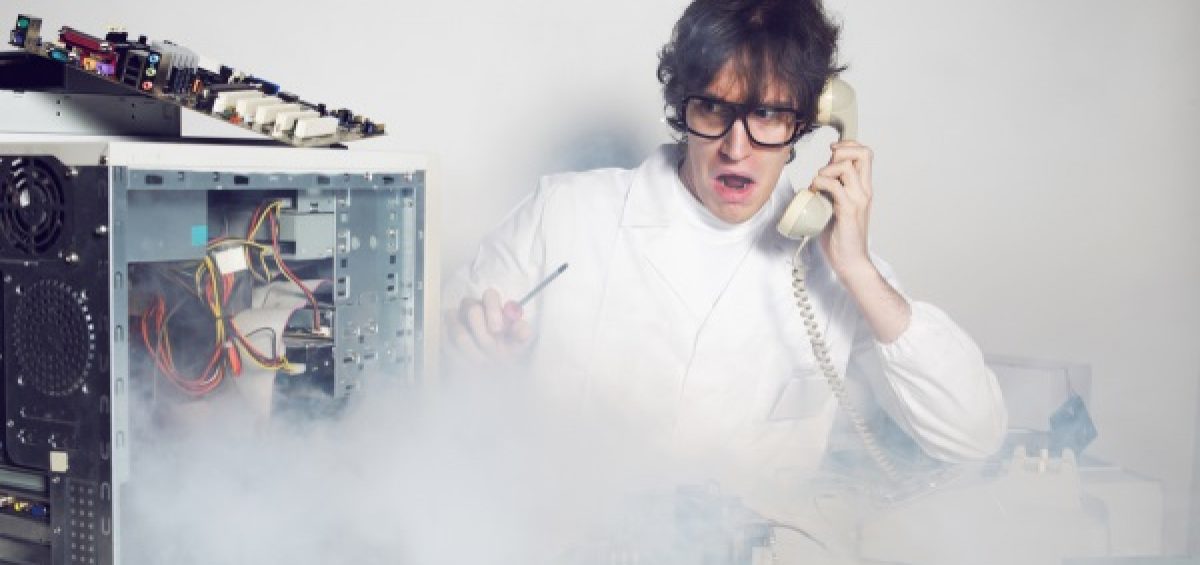Servers are such a vital part of a company’s technology infrastructure. Depending on how you use your server, your day-to-day operations could come to a halt if you experience issues like server downtime. But is it really time to invest in a new one? Or does waiting too long risk slowing your business down? Either way, it’s important to consider your decision carefully. As a business owner, you should take the time to answer the following questions before deciding on your aging server.
When do my servers need to be replaced?
This is a difficult question, but there are two factors you will want to consider — age and performance. The useful life of a server is around three years. While it’s not unheard of for servers to function properly beyond year three, relying on them beyond this point can be risky as hardware problems occur more often. This means you will have to deal with costly repairs and possible unpredictable downtime.
Performance is another factor to consider. Even if your servers are only a year old, it doesn’t make sense to keep them around until year three if they are slow and too costly to maintain. It’s important to do a cost-benefit analysis in these situations and look at how much money you will lose in repairs and downtime and then compare it to the cost of buying new hardware.
Do I have an alternative to buying new servers?
Believe it or not, the answer to your server problems might not necessarily be purchasing more physical hardware. One way to avoid this is by embracing virtualization. This process allows your servers to be stored and maintained off-site with everything being delivered to your office via the internet.
There are two notable benefits of virtualizing your servers. First, you don’t have to spend a ton of money on new equipment. Second, virtualization is a scalable technology, meaning you only pay for the data capacity you use. For instance, if you only need two and a half servers, you can do that. This is in contrast to having physical equipment which would require your business to either make do with two servers or splurge and buy the third one even if you didn’t need all of that space.
Of course, there are a few things you need to consider before making the switch to server virtualization. One of the biggest issues is security. Ask yourself if you feel comfortable keeping all of your data off-site. While this isn’t a concern for some companies, others may not see this as palatable. There are several workarounds to this issue, including the hybrid option where you keep sensitive data on-site and everything else off-site.
Can I do anything to prevent a full-scale server replacement?
Yes. It’s certainly possible for you to buy some time and give your current servers additional life, but these are short-term fixes, not long-term solutions. Server upgrades are a good place to start if your servers are less than three years old but are degrading in performance. Installing additional CPUs or memory may increase server performance at a fraction of the cost of buying new servers.
You can also utilize old servers for non-critical workloads. It’s possible to extend the life of servers that may have four or five years of wear-and-tear on them via repurposing. Instead of swapping out all of your servers, use the old ones for non-critical processes and purchase new ones to handle critical workloads. This will help you get a better ROI on your technology while avoiding a wholesale hardware purchase which could cripple your budget.
If you have any questions about your servers and how you can increase their performance, get in touch with us today. We can help you procure new hardware or show you the benefits of virtualization.


